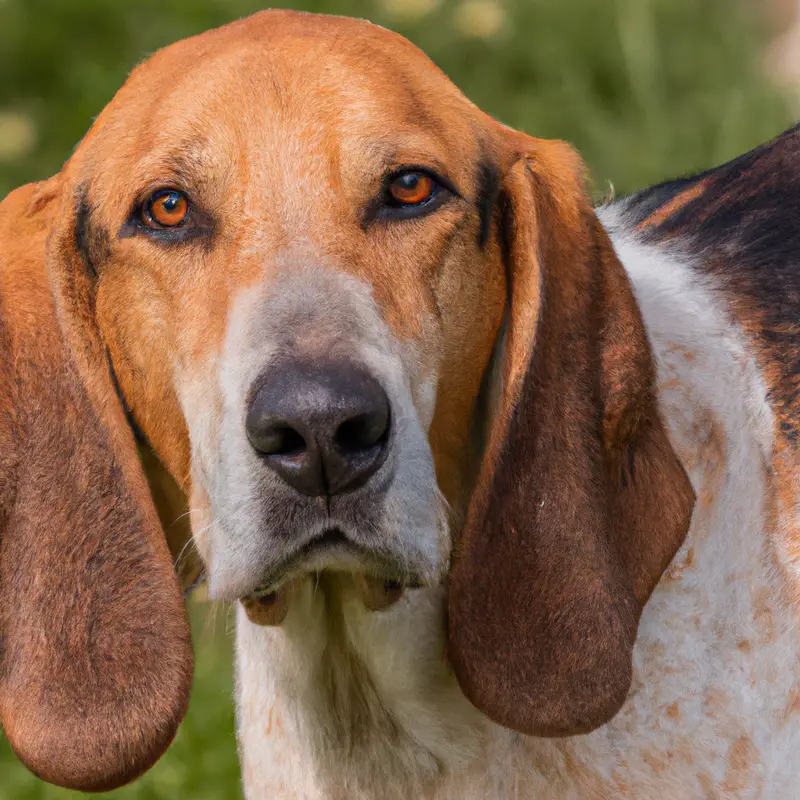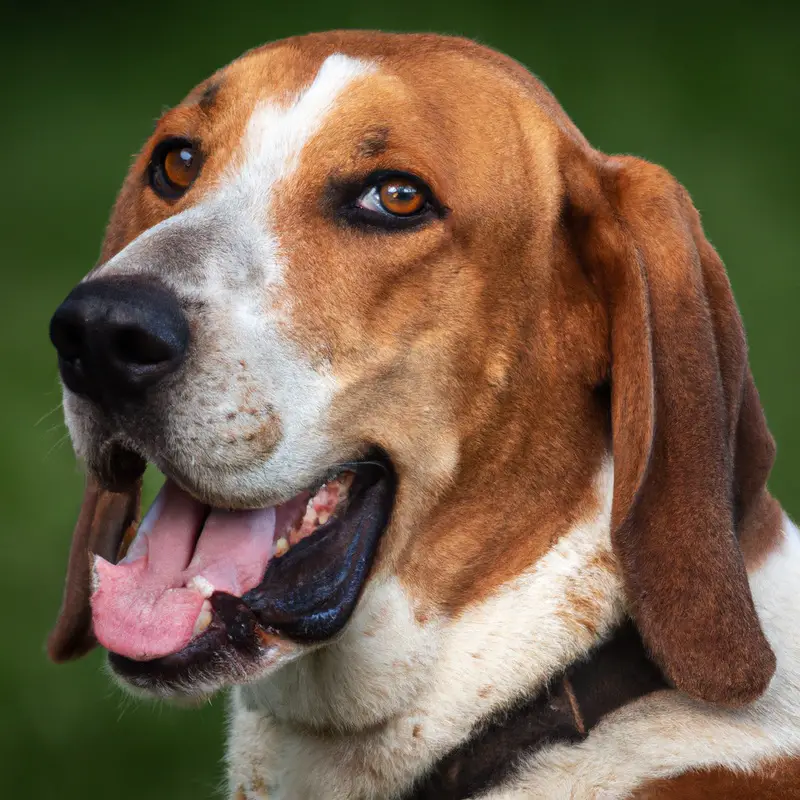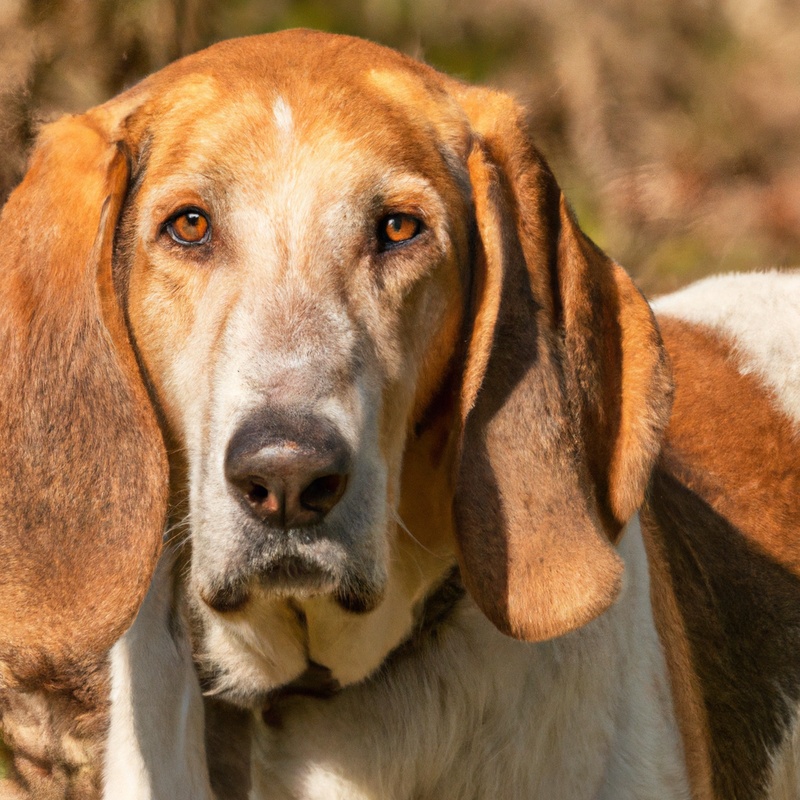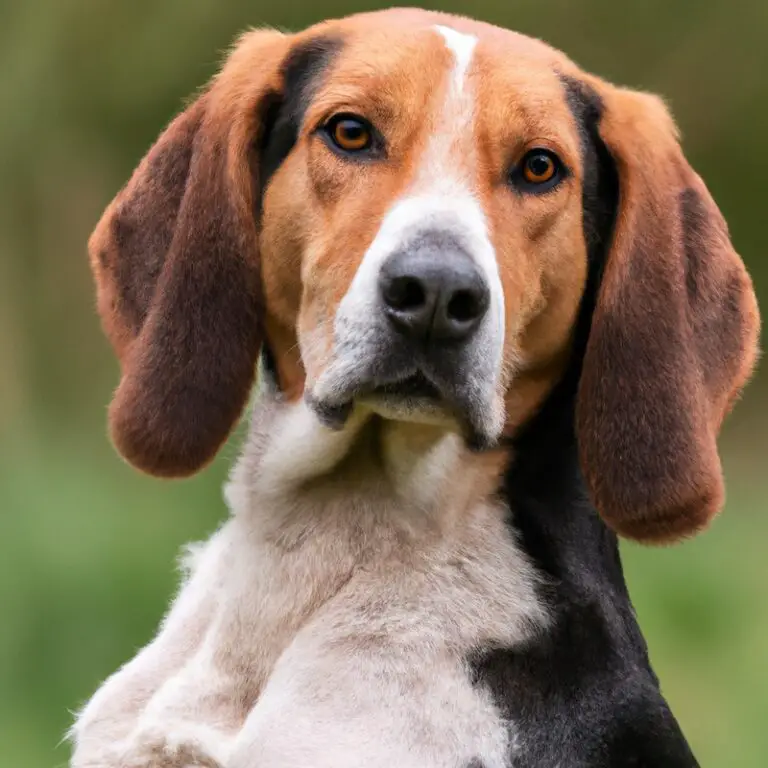Can English Foxhounds Be Trained For Canine Freestyle Dancing?
Key Takeaways:
- English Foxhounds can be trained for canine freestyle dancing.
- Canine freestyle dancing can serve as a great outlet for their energy and intelligence.
- With proper training and socialization, English Foxhounds can excel in this unique sport.
- Their natural athleticism and keen sense of smell make them well-suited for canine freestyle.
If you’ve ever watched a dog gracefully move alongside their human, seemingly dancing to the rhythm, you may have wondered if your beloved English Foxhound could join in on the fun.
Well, wonder no more! In this article, I’ll explore the exciting world of canine freestyle dancing and answer the burning question: Can English Foxhounds be trained for this captivating activity?
We’ll dive into the characteristics and temperament of these noble hounds, discuss the factors to consider when choosing a breed for freestyle dancing, and provide tips and insights on training these energetic companions.
So, let’s lace up our dancing shoes and discover the potential of English Foxhounds in the world of canine freestyle!
| Question | Answer |
| Can English Foxhounds be trained for canine freestyle dancing? | Yes |
| Trainability | English Foxhounds can be trained for canine freestyle dancing with patience, consistent training, and positive reinforcement techniques. |
| Temperament | English Foxhounds are generally energetic, social, and enjoy learning new activities, making them suitable candidates for canine freestyle dancing. |
| Coordination and Flexibility | Due to their athletic nature and natural agility, English Foxhounds have good coordination and flexibility, which can be further developed through training. |
| Size Considerations | English Foxhounds are medium to large-sized dogs, which can add an impressive visual element to canine freestyle performances. |
| Training Challenges | English Foxhounds may have a strong prey drive, which might require extra attention and management during training to ensure focus and control. |
| Overall Suitability | English Foxhounds can be successfully trained and excel in canine freestyle dancing, but it’s important to consider individual temperament, energy levels, and training preferences when determining suitability. |
What is canine freestyle dancing?
Definition of canine freestyle dancing
Canine freestyle dancing is a fun and creative activity where a dog and their handler perform choreographed routines to music. It combines obedience, tricks, and dance moves to create a captivating performance.
The routines can include a variety of moves such as spins, jumps, weaving through the handler’s legs, and more.
Canine freestyle dancing allows for a unique bond and communication between the dog and their handler, showcasing the teamwork and dedication of both. It is a wonderful way to have fun, bond with your dog, and showcase their talents.
History and popularity of canine freestyle dancing
Canine freestyle dancing is a relatively new sport that combines obedience, tricks, and music. It originated in the United States in the 1990s and quickly gained popularity across the world.
Dogs and their handlers perform choreographed routines to music, showcasing their teamwork, creativity, and precision.
The sport has attracted enthusiasts from various backgrounds, including dog trainers, dance enthusiasts, and pet owners looking for a fun way to bond with their furry friends. Its popularity continues to grow, with competitions and events held globally, providing opportunities for both professionals and amateurs to showcase their skills and passion for this unique sport.
Are English Foxhounds suitable for canine freestyle dancing?
Characteristics and temperament of English Foxhounds
English Foxhounds have a distinct set of characteristics and temperament.
They are highly energetic, intelligent, and have a strong sense of smell.
This breed is known for their endurance and determination, making them excellent hunting companions.
English Foxhounds are friendly and sociable with both humans and other dogs.
They thrive in active households and require regular exercise to prevent boredom and destructive behavior.
Training and socialization from an early age are essential to ensure they develop into well-behaved and obedient pets.
Factors to consider when choosing a breed for canine freestyle dancing
When choosing a breed for canine freestyle dancing, it’s important to look for dogs that are agile, responsive, and have a strong desire to please.
Breeds that excel in obedience training and have a high energy level are often a good fit.
Consider dogs with a strong focus and the ability to learn complex tricks and movements.
It’s also important to consider the size and physical capabilities of the breed, as well as any health conditions that could affect their ability to dance.
Ultimately, the right breed for canine freestyle dancing will depend on your individual preferences and training goals.
Training English Foxhounds for canine freestyle dancing
Basic obedience training for English Foxhounds
The key to basic obedience training for English Foxhounds is consistency and positive reinforcement. Start by teaching them commands like sit, stay, and come using rewards and praise.
Leash training is also important, so they learn to walk calmly on a leash without pulling.
Use short training sessions and keep them fun and engaging. Be patient and remember to always reward good behavior to encourage them along the way.

Specific skills and tricks to teach for canine freestyle dancing
When training English Foxhounds for canine freestyle dancing, there are specific skills and tricks you can teach them to enhance their performance.
Here are some ideas:
- Heelwork: Teach your Foxhound to walk beside you in sync with the music. This will create a strong foundation for the routine.
- Spins and Twirls: Train your dog to spin or twirl on command. These flashy moves can add flair to your routine.
- Bow: Teach your Foxhound to bow on cue. This elegant gesture can be incorporated into your routine for a dramatic effect.
- Leg Weaves: Train your dog to weave between your legs as you move. This skill adds a fun and dynamic element to your routine.
- Backing Up: Teach your Foxhound to back up on command. This can be useful for creating distance between you and your dog during the routine.
Remember, each dog is unique, so be patient and adapt the training to your dog’s individual abilities and strengths.
Practice regularly and always use positive reinforcement to keep your dog motivated and enthusiastic about learning.
Happy dancing!
Challenges and considerations when training English Foxhounds for canine freestyle dancing
Independent-minded nature of English Foxhounds
English Foxhounds are known for their independent-minded nature, which can present challenges in training. They are intelligent and strong-willed dogs with a strong prey drive.
Their independent nature means that they may be less inclined to follow commands and may require consistent and patient training methods.
It’s important to establish yourself as the pack leader and provide clear boundaries and expectations. Positive reinforcement techniques, such as rewards and praise, can be effective in motivating them.
Regular exercise and mental stimulation are also key in channeling their energy and preventing boredom.
Dealing with distractions and scent-driven instincts
Dealing with distractions and scent-driven instincts can be challenging when training English Foxhounds for canine freestyle dancing. To address distractions, start by gradually exposing your dog to different environments and distractions.
Use positive reinforcement to teach them to stay focused on you.
When it comes to their scent-driven instincts, incorporate scent training exercises and provide mental stimulation to keep them engaged and prevent them from getting distracted by scents. Remember to be patient and consistent in your training approach.

Tips for successful training of English Foxhounds in canine freestyle dancing
Positive reinforcement techniques for training
Positive reinforcement is a highly effective technique for training dogs. By using rewards such as treats, praise, and playtime, you can reinforce desired behaviors and encourage your dog to cooperate.
Remember to be consistent and timing is important; reward your dog immediately after they exhibit the desired behavior.
Use a marker word or clicker to signal the exact moment of desired behavior. This will help your dog understand what they are being rewarded for.
Practice patience and be generous with rewards to keep your dog motivated and engaged.
Happy training!
Building a strong bond and trust with your English Foxhound
Building a strong bond and trust with your English Foxhound is essential for successful training.
Here are a few tips:
- Spend quality time together: Engage in regular activities like walking, playing, and grooming to foster a sense of companionship.
- Use positive reinforcement: Reward good behavior with treats, praise, and affection. This encourages your foxhound to trust and obey you.
- Be patient and consistent: Training takes time, so remain calm and consistent in your approach. Avoid getting frustrated or resorting to punishment.
- Communication is key: Use clear, concise commands and body language to convey your expectations. This helps in building understanding between you and your furry friend.
- Socialize your foxhound: Expose them to various environments, people, and other animals. This promotes confidence and helps them feel safe in different situations.
Remember, building a strong bond and trust requires time, effort, and understanding.
Enjoy the journey of training your English Foxhound, and soon you’ll be dancing together in perfect harmony!
Frequently Asked Questions (FAQs)
Can all dog breeds be trained for canine freestyle dancing?
Certainly! Not all dog breeds can be trained for canine freestyle dancing.
Certain breeds, such as English Foxhounds, might not excel in this activity due to their specific breed traits and characteristics.
Canine freestyle dancing requires dogs with high intelligence, trainability, and agility.
Breeds like Border Collies, Golden Retrievers, and Australian Shepherds tend to be more suited for this type of training.
It’s important to choose a breed that has the right temperament and physical capabilities for canine freestyle dancing.
How long does it take to train an English Foxhound for canine freestyle dancing?
Training an English Foxhound for canine freestyle dancing typically takes several months to a year.
The exact timeframe depends on factors such as the dog’s age, temperament, and previous training experience.
Consistent and positive reinforcement training methods, including reward-based techniques and breaking down movements into small, achievable steps, are essential for success.
Working with a professional trainer can greatly accelerate the training process and ensure that the dog learns the required moves and routines effectively.
Patience and dedication are key when training an English Foxhound for canine freestyle dancing.
Keep in mind that each dog learns at their own pace, so it’s important to be flexible and adapt the training approach as needed.

Are there any age restrictions for training English Foxhounds in this sport?
There are no specific age restrictions for training English Foxhounds in canine freestyle dancing. However, it is generally recommended to start training them at a young age to establish a strong foundation.
Puppies as young as 8 weeks old can begin basic obedience training, including simple movements and tricks.
As they grow older, they can learn more complex dance routines. It’s important to remember that training should always be done using positive reinforcement methods and at a pace that is suitable for the individual dog’s physical and mental abilities.
Final Verdict
I firmly believe that English Foxhounds can be trained for canine freestyle dancing. While they may not be the most common breed in this sport, their intelligence, athleticism, and eagerness to please make them suitable candidates.
With consistent and positive training techniques, along with patience and persistence, English Foxhounds can learn and excel at the various skills and tricks required for canine freestyle dancing.
It’s important to consider their independent nature and work on building a strong bond and trust with them. So, if you’re willing to put in the time and effort, there’s no reason why you can’t enjoy the joy and beauty of canine freestyle dancing with your English Foxhound.
In summary, English Foxhounds can be trained for canine freestyle dancing.
They possess the necessary characteristics and temperament for this sport, and with proper training and techniques, they can excel in this art form. Although there may be challenges associated with their independent nature and scent-driven instincts, these can be overcome with patience, persistence, and positive reinforcement.
English Foxhounds have the potential to become skilled and enthusiastic performers in canine freestyle dancing, bringing joy and entertainment to both themselves and their audience.







